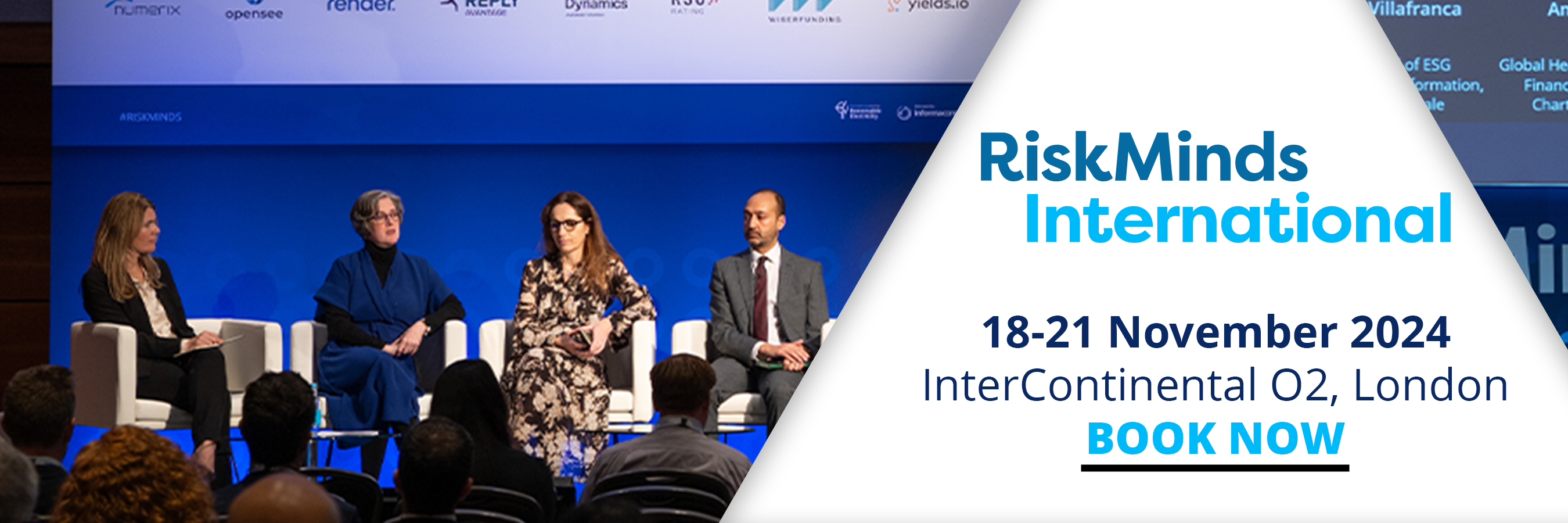As the tech community embraces open-source innovations – is financial services ready for what it can offer? Acadia explores the benefits of an open-source risk engine and what to expect from it in the future.
The growth of open-source software has been nothing short of remarkable. From its humble beginnings in the early days of computing, open-source software has evolved into a global phenomenon, powering everything from web servers to smartphones and beyond. One of the key drivers of this growth is the collaborative and inclusive nature of open-source development, which encourages a diverse community of developers to work together, share their expertise, and collectively improve software projects. This approach has not only democratised software development but also fostered innovation, as countless individuals and organisations contribute their skills and knowledge to create high-quality, cost-effective solutions. As a result, open-source software has become a fundamental building block of the modern digital world, underpinning critical infrastructure, applications, and tools that are accessible to all, driving progress in technology, and transforming the way we interact with and benefit from software.
The most significant open-source project within capital markets is QuantLib originally released in November 2000. QuantLib provides a framework for valuation of financial products. As a C++ solution it provides an excellent base for a highly performing library, however C++ is also known to be challenging for new developers especially compared to modern languages such as Python.
Following the financial crisis of 2008-09 virtually all market and counterparty credit risk regulation has been either updated or entirely re-written. Those changes have driven a significant increase in the demands on risk infrastructure. Acadia (an LSEG Post-Trade Business), saw the need for an open-source risk engine which can bring the benefits of open-source to global financial institutions. Building on the strong foundations provided by QuantLib it was able to release the first iteration of Open-Source Risk Engine (ORE) in 2016. It provided a transparent, peer-reviewed, free-to-access framework for pricing and risk analysis.
ORE has been used since then across a broad range of financial institutions for a wide range of analytics including:
- Benchmarking
- Validation
- Training and teaching reference
- Foundation for tailored risk solutions
While ORE draws upon QuantLib, there are significant differences:
- Extension of the supported product scope
- Addition of scripted trades – the ability to create almost any conceivable structured feature regarding payments and contingencies, such as options, triggers, barriers and target returns, in a multi-asset class framework
- Portfolio analytics such as CSA pricing, XVA, Exposure simulations, VaR and stress testing
This differentiates ORE from QuantLib as a risk engine which can be used directly by firms compared to a library which can support another implementation.
A robust alternative to licensed risk engines
Since 2016, many firms have implemented ORE and benefited from the extensible usage and free licensing. The latest developments to ORE position it as a compelling alternative to many licensed risk engines. It provides the basis of Acadia’s Risk Services processing hundreds of thousands of trades per day for a broad range of financial institutions. Furthermore, as more financial institutions come together to utilise it as an open-source project, it drives the level of feature development and use case testing further cementing its place as the leading open-source risk engine.
ORE was designed to maximise the benefits for quantitative developers with an emphasis on transparency, flexibility, extensibility, and ease of use. The source code of ORE can be extended by any experienced C++ developer. ORE’s source code allows for greater transparency with financial institutions, auditors and regulators over the methods, algorithms, and outputs, applied flexibly in production in front office, risk and accounting as well as a validation tool.
ORE exemplifies the transformative power of open-source technology within the financial industry. Its evolution and growing adoption are testament to the benefits it brings in terms of transparency, accessibility, and cost-efficiency. As our financial systems continue to embrace the potential of open-source solutions, as is the case with the broader technology community’s development in tandem, ORE remains a standard of innovation, collaboration, and modern risk management.
Defining the future
While the open-source C++ framework provides transparency and extensibility it does limit the quantitative developers who are able to work with the engine. The key development of a new set of SWIG interfaces allows a much greater number of developers to engage with the engine using some of the most popular modern development languages, such as Python.
These key developments to the ORE framework make it a compelling alternative to the existing licensed risk engines. Coupled with the benefits of open-source community development, ORE points the way forwards for the future of financial risk systems.
Acadia are proud sponsors of ORE – more information can be found at https://www.acadia.inc/quant-service/open-risk-engine
For additional Acadia thought leadership content, please visit: https://www.acadia.inc/insights

